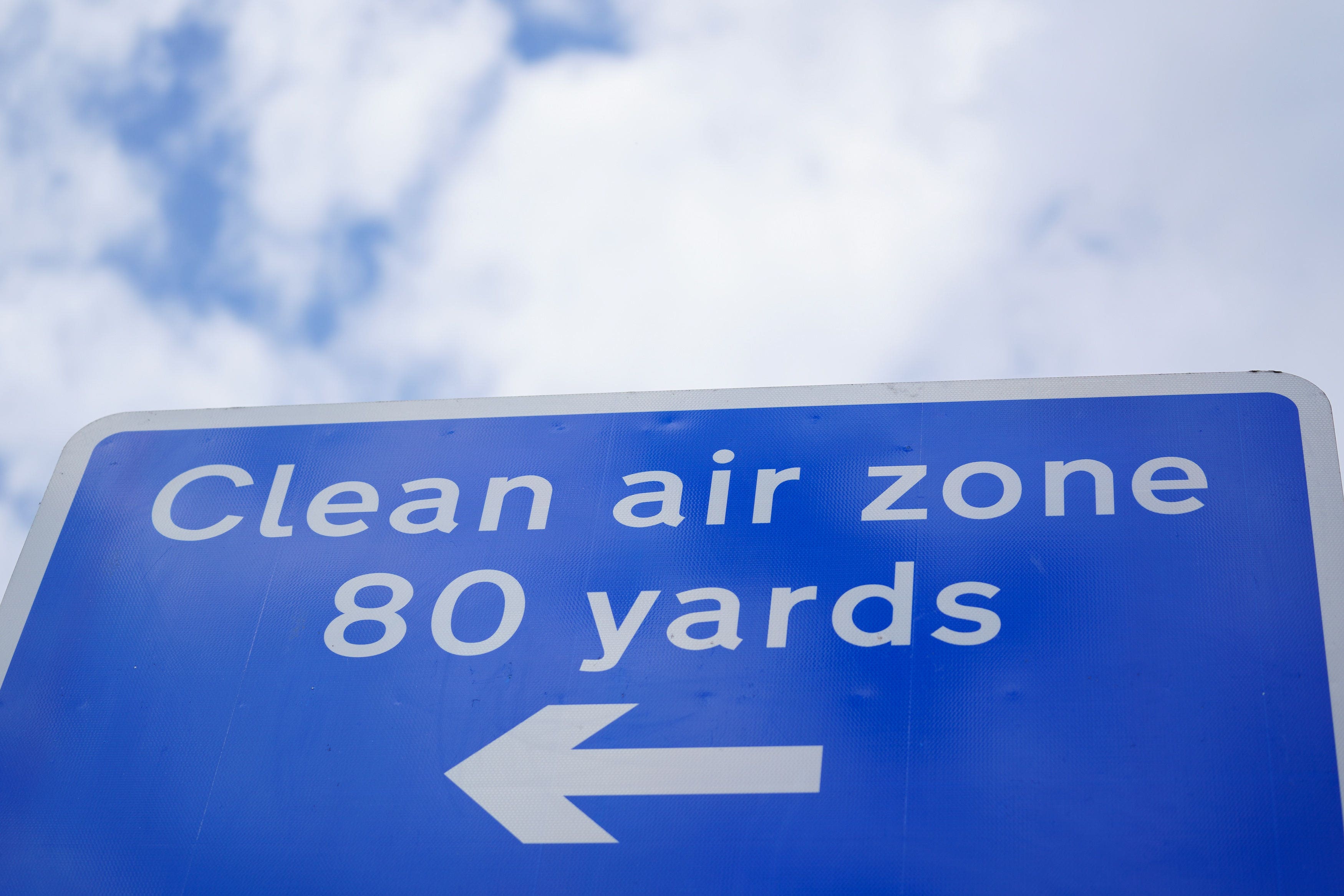Council nets more than £26m from first year of clean air scheme
New report shows air across Bristol is 10 per cent cleaner after scheme launched in November 2022

A UK council has netted more than £26m from a clean air scheme over the first year.
Bristol’s Clean Air Zone (CAZ) launched in November 2022 after the government ordered certain cities to reduce nitrogen dioxide pollution in the shortest possible time.
Over its first year, after accounting for operating costs, the CAZ generated just under £26.4 million for Bristol Council, according to a new report.
The CAZ Cabinet report shows that air across Bristol is 10 per cent cleaner, on average, following the implementation of the scheme, with 88 per cent of journeys into the zone being made in compliant vehicles.
Mayor of Bristol Marvin Rees, who will consider the report with his Cabinet on 23 January, says in the foreword: “Millions of pounds of support has been paid out to Bristol residents and businesses to help them upgrade to cleaner vehicles.
“During the same period, my administration has proudly opened our city’s first new train station in almost a century, with another one on track to open this summer. We have driven forward ambitious plans for the future of transport in Bristol through a transformational mass transit system. We have continued to invest in active travel, completing pedestrianisation schemes inside and outside of the Clean Air Zone. After securing millions of pounds over previous years to retrofit buses in Bristol, these cleaner vehicles have seen passenger numbers rise despite challenges.”
Data from diffusion tubes, which monitor air quality at nearly 170 locations across Bristol, shows that Upper Maudlin Street by the Bristol Royal Infirmary is among the areas that have shown the biggest improvement, with pollution there down by 27 per cent.
This new report follows another from the Joint Air Quality Unit (JAQU) in November, which showed that Bristol had passed the first stage of assessment, meaning that it is “on track to achieve success”. The second review comes in the summer.
Subscribe to Independent Premium to bookmark this article
Want to bookmark your favourite articles and stories to read or reference later? Start your Independent Premium subscription today.

Join our commenting forum
Join thought-provoking conversations, follow other Independent readers and see their replies